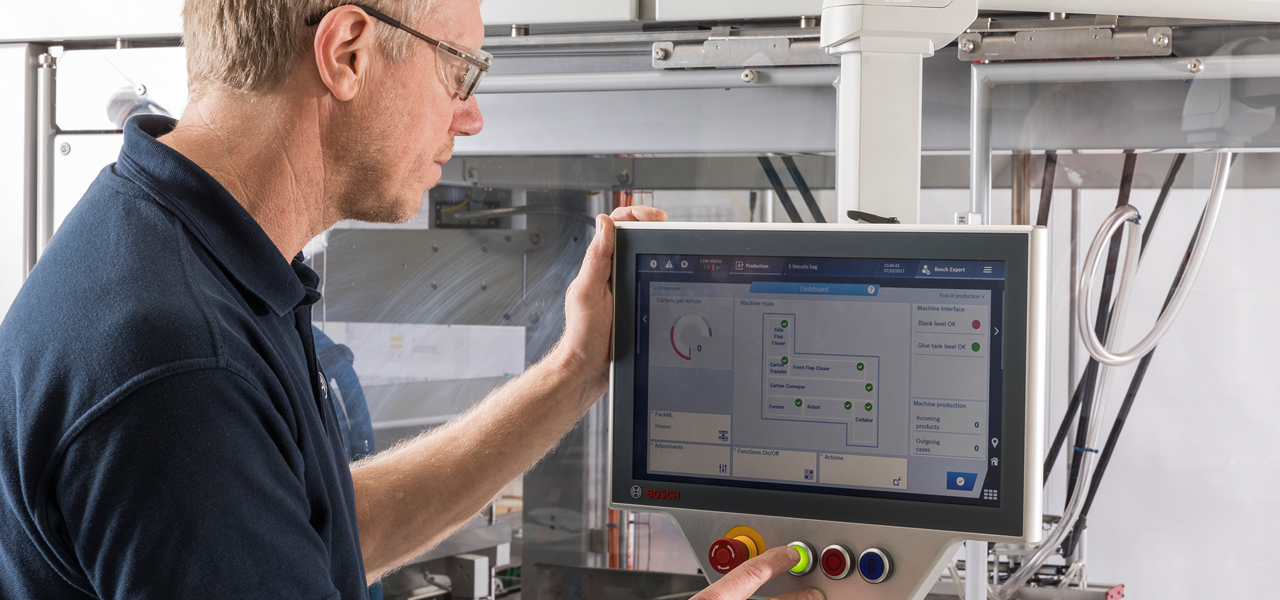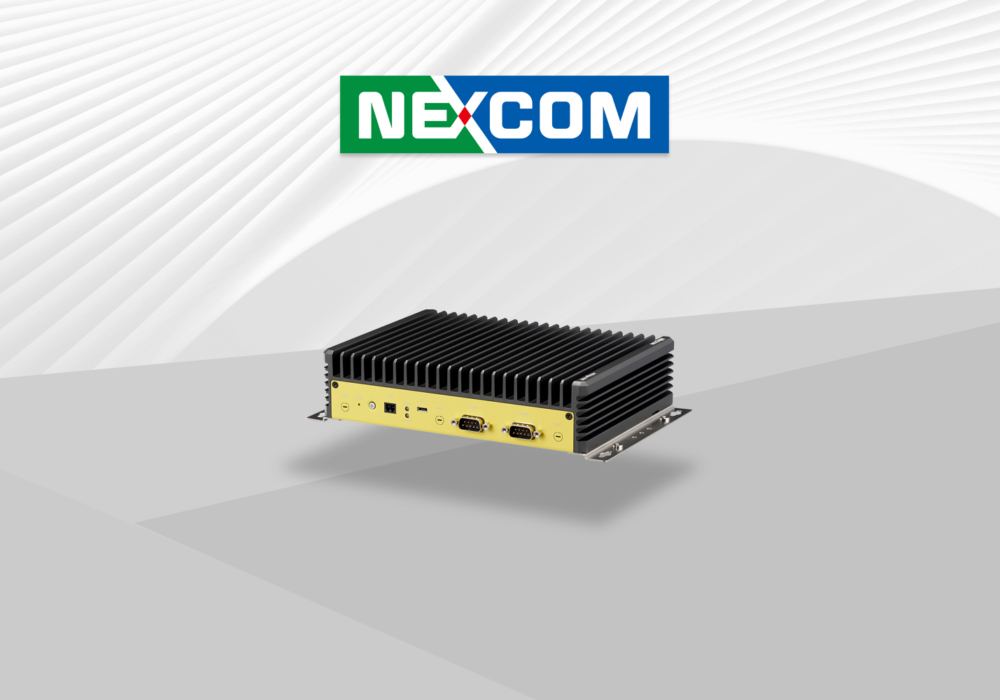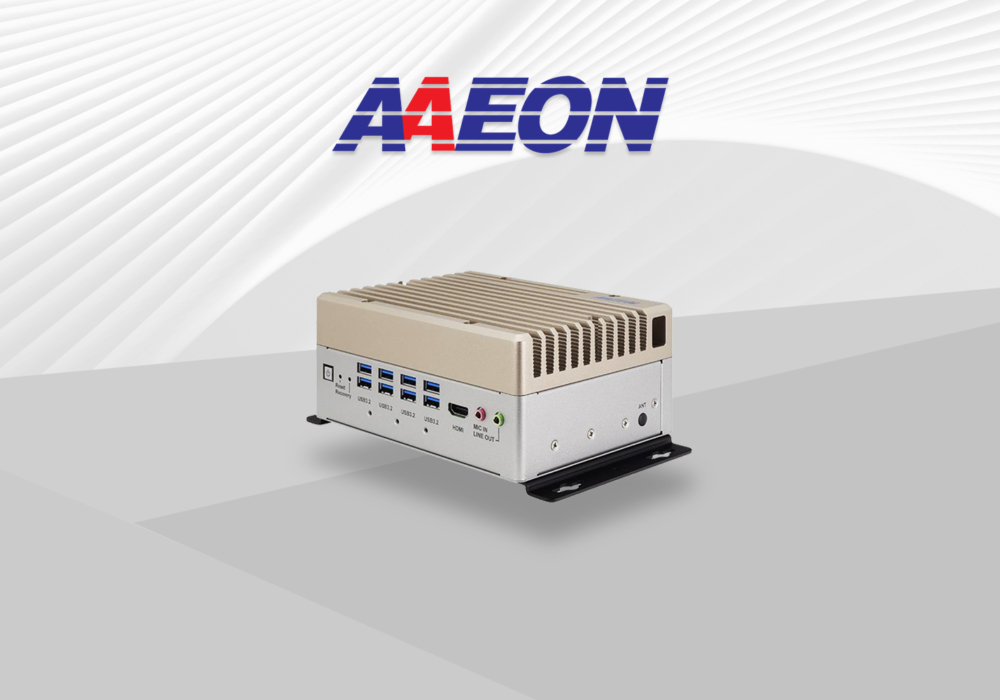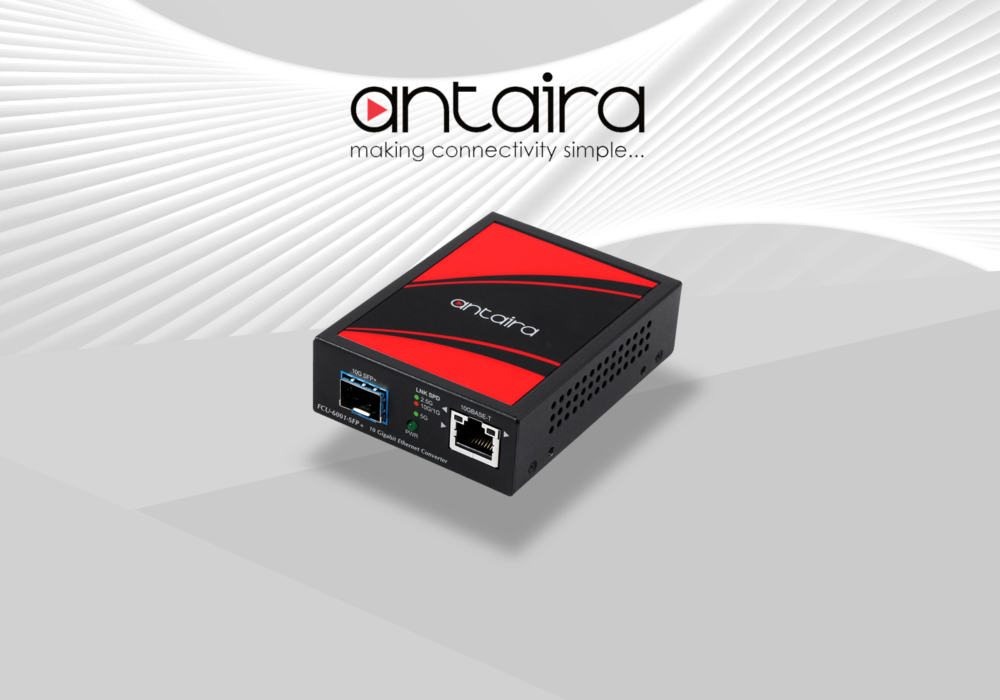In this article:
What is an HMI?
An HMI is an interface which allows for humans to interact with the machine. Touchscreen Panel PCs with bespoke graphical user interfaces (GUIs) are commonly being deployed as an all in one human machine interface.
What is an HMI?
An HMI is an interface which allows for humans to interact with the machine. Traditional components which are aspects of a human machine interface include switches, buttons, dials, counters and gauges. Touchscreen computers with customisable GUIs (Graphical User Interfaces) improve the interface between the machine and operator allowing for intuitive operation, ease of use and exceptional design flexibility and ultimately enabling monitoring and control without need for additional components.
Where are HMIs Used?
Local HMIs are implemented in all industries where human intervention with a machine or automated device is necessary. A local touchscreen HMI may be configured using a COTS all-in-one panel PC or by combining a standalone embedded box computer or embedded board computer with a separate touchscreen display. HMIs can be operated remotely via a tablet PC.
What to look for in an Industrial HMI Panel Computer?
- Ample CPU Performance Suitable for Application
- The Correct Touchscreen Suitable for Intended Operation
- Fanless Design with No Moving Parts
- Extended Operating Temperatures
- Wide Power Input with Isolation
- High Reliability Figures (MTBF)
- Long-standing Product Lifecycles











